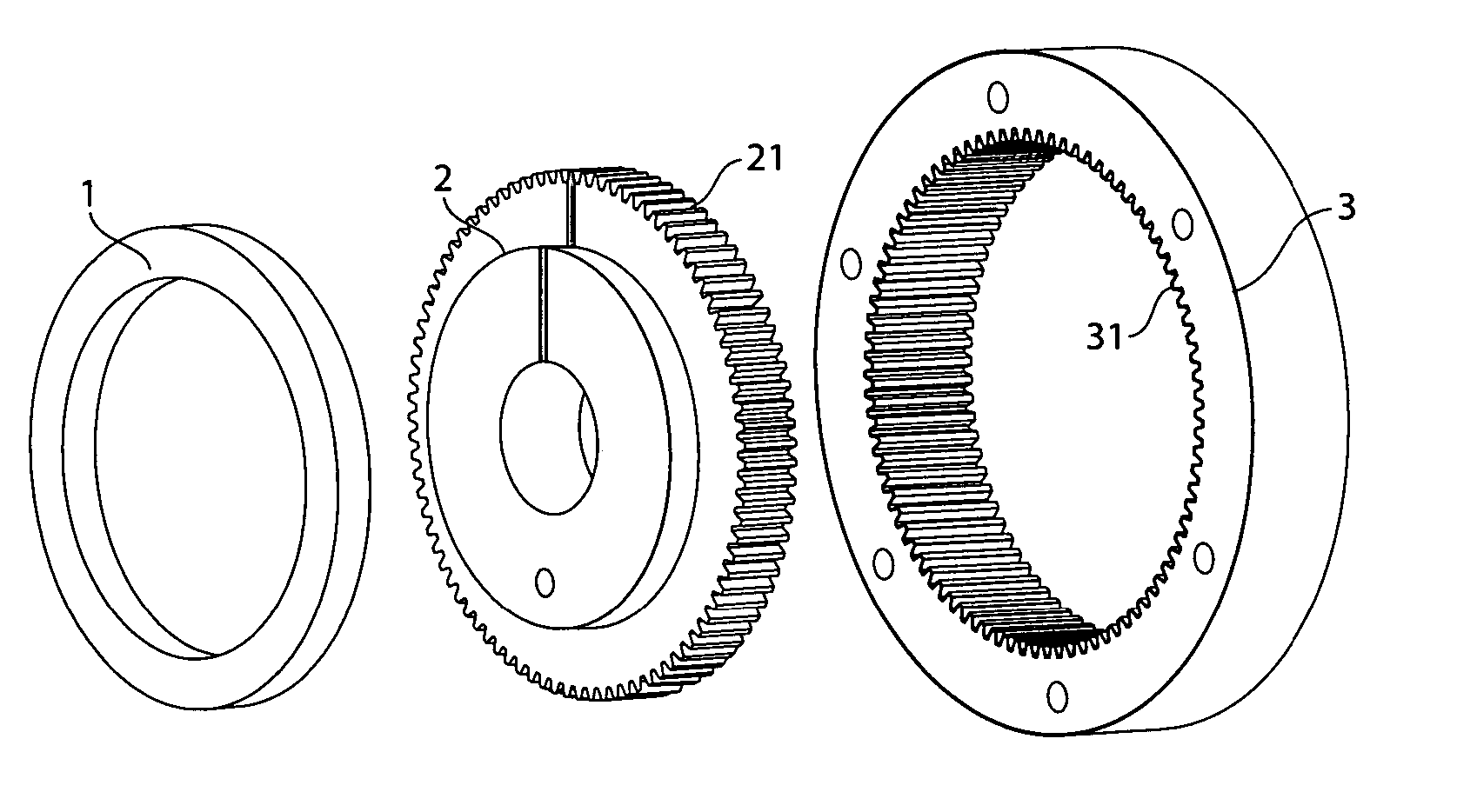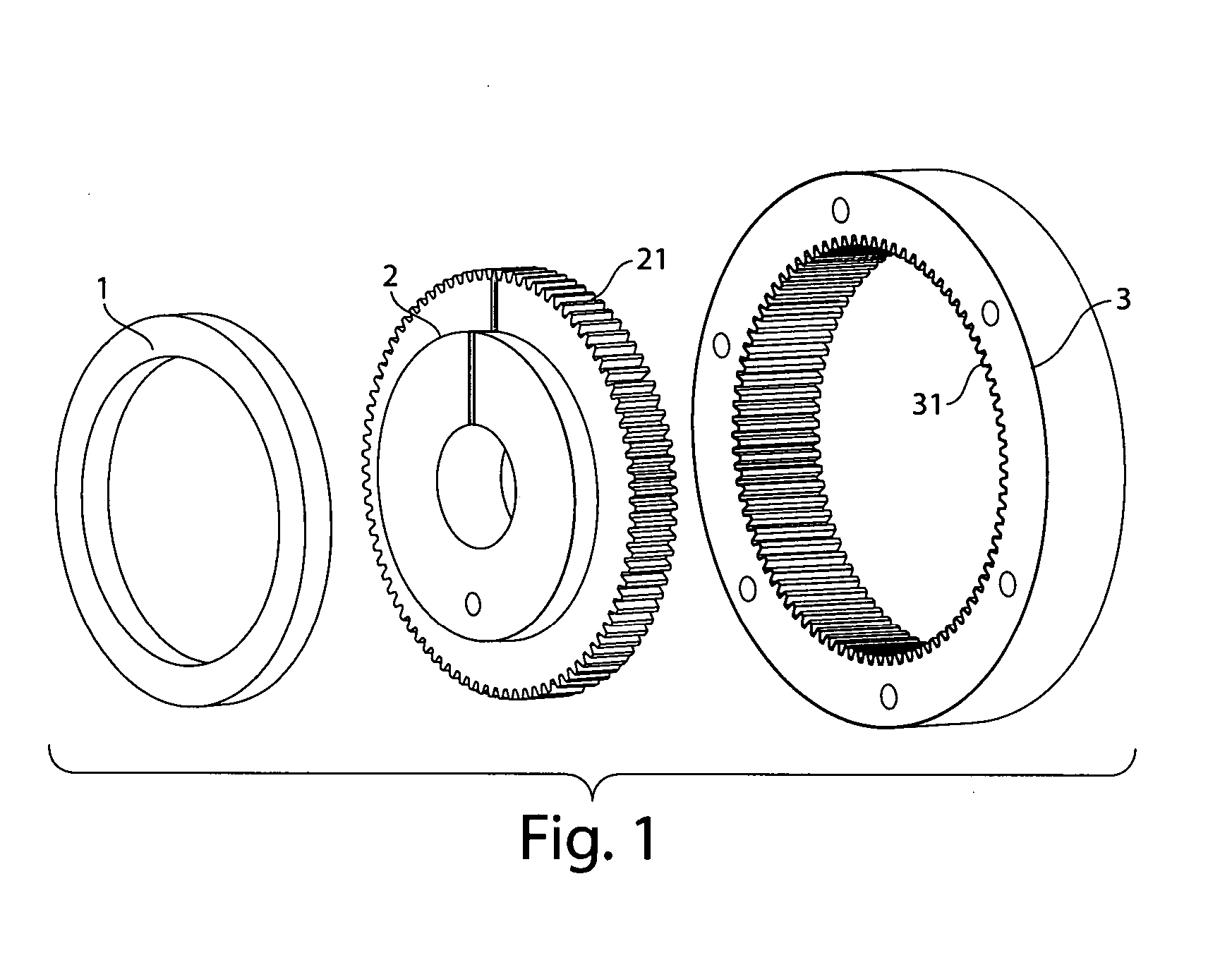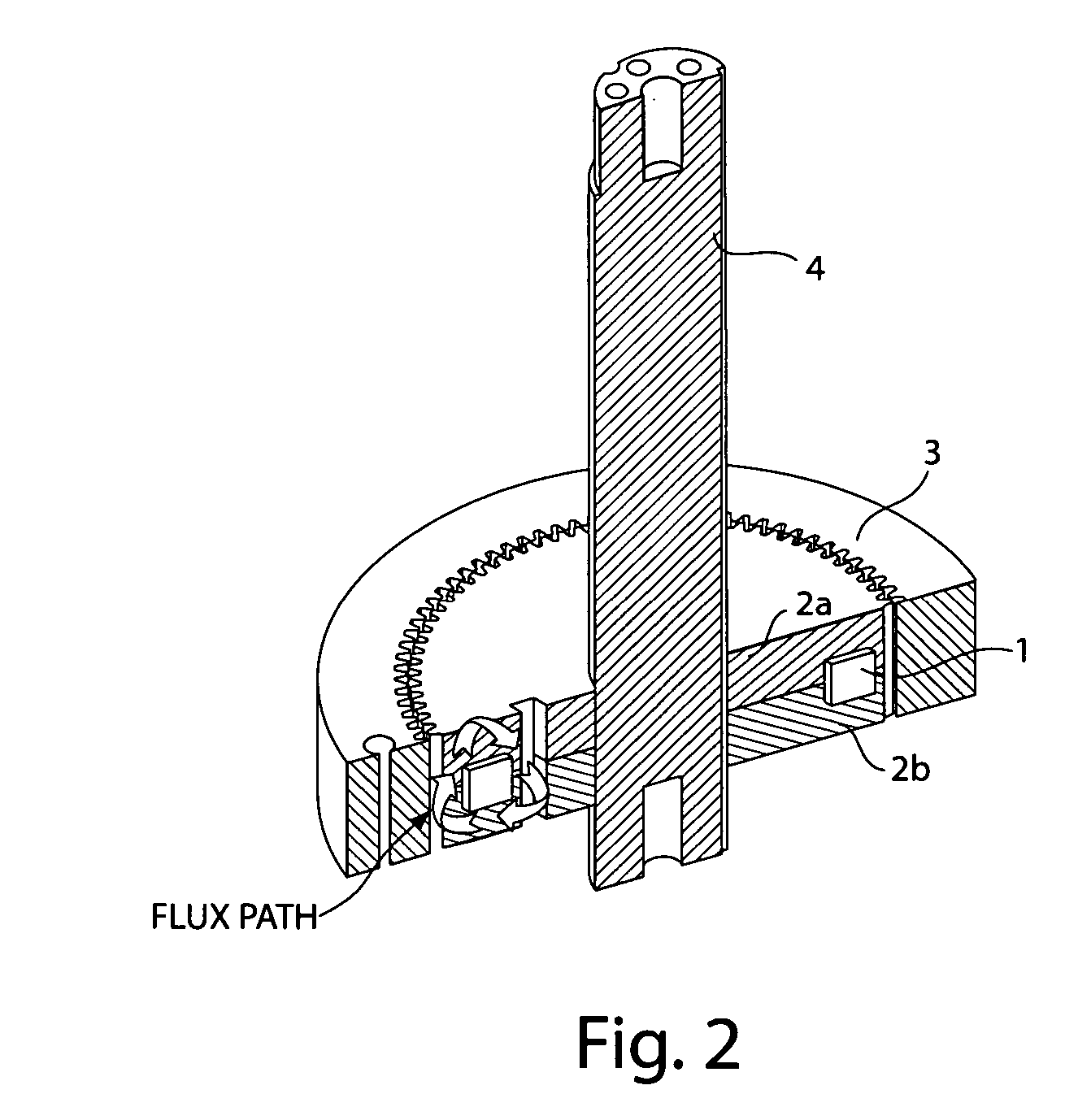Transverse flux switched reluctance motor and control methods
a technology of switching resistance and switching resistance, applied in the direction of electronic commutation motor control, motor/generator/converter stopper, dynamo-electric converter control, etc., can solve the problems of poor magnetic properties, limiting the use of smc material, and inconvenient use, so as to eliminate end turn losses and improve the density of winding coils. , the effect of cost-effectiveness
- Summary
- Abstract
- Description
- Claims
- Application Information
AI Technical Summary
Benefits of technology
Problems solved by technology
Method used
Image
Examples
Embodiment Construction
[0032] Various aspects of the invention are described below with reference to illustrative embodiments. However, it should be understood that aspects of the invention are not limited to those embodiments described below, but instead may be used in any suitable system or arrangement. For example, an illustrative embodiment is described below in which motor phases include rotors positioned around a stator and arranged to rotate. It should be understood, however, that motor phases may include an internally positioned rotor that rotates within a stator. Also, although a coil with each motor phase is shown associated with the stator, the coil may be associated with the rotor. Other variations will be appreciated by those of skill in the art and are consistent with various aspect of the invention.
[0033]FIGS. 1 and 2 show an illustrative embodiment of a motor phase in accordance with the invention. The motor phase in this illustrative embodiment is composed of only 3 different parts, a co...
PUM
 Login to View More
Login to View More Abstract
Description
Claims
Application Information
 Login to View More
Login to View More - R&D
- Intellectual Property
- Life Sciences
- Materials
- Tech Scout
- Unparalleled Data Quality
- Higher Quality Content
- 60% Fewer Hallucinations
Browse by: Latest US Patents, China's latest patents, Technical Efficacy Thesaurus, Application Domain, Technology Topic, Popular Technical Reports.
© 2025 PatSnap. All rights reserved.Legal|Privacy policy|Modern Slavery Act Transparency Statement|Sitemap|About US| Contact US: help@patsnap.com



